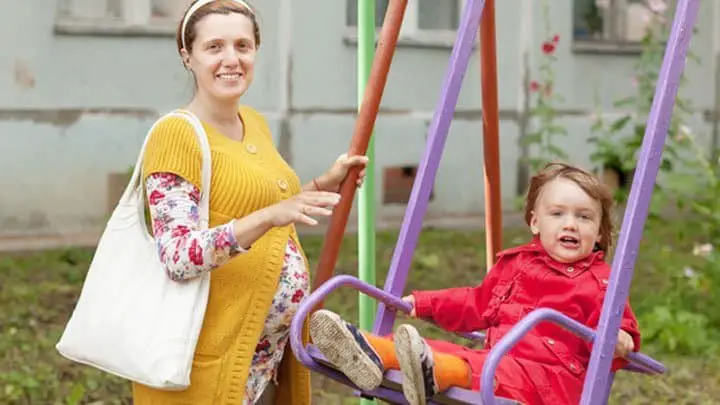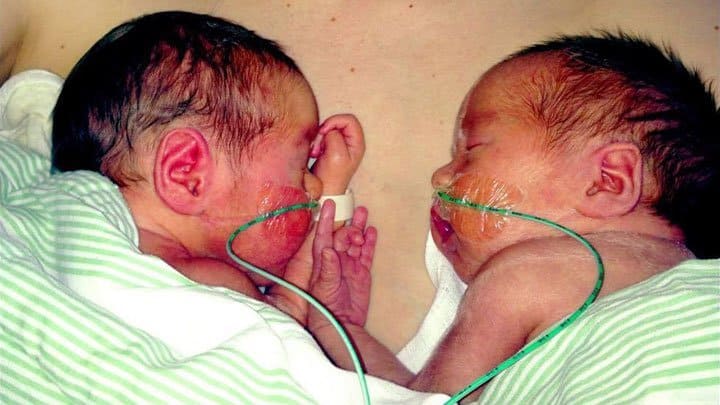Late-preterm twins and singletons face similar risks
Some women worry when they find out that they are pregnant with twins, thinking that their babies are more at risk compared to babies born from singleton pregnancies. A recent study published in Obstetrics & Gynecology may be of comfort. Researchers conducted a retrospective cohort study to test the hypothesis that the risk of neonatal morbidity among low-risk, late-preterm twins is similar to that of late-preterm singletons. Late-preterm is from 34+0 weeks of gestation until 36+6 weeks. Neonatal morbidity is a measure of disease, illness or injury within a newborn during the first month after birth. A total of 922 singleton and 721 twin late-preterm infants were included in the study. All mothers gave birth at the same centre in Canada between 2008 and 2015.
Twins and singletons got similar results
Neonatal outcomes of the low-risk, late-preterm twins were compared with those of the low-risk, late-preterm singletons. The study showed, that the rates of composite respiratory morbidity and severe composite respiratory morbidity were similar for twins and singletons. The study also suggests that antenatal corticosteroids may be mostly justified among infants born closer to 34 weeks of gestation. This is due to the low absolute rates of the composite respiratory morbidity in the study population. Antenatal corticosteroids are medication given to pregnant women expecting preterm delivery. Among other things they help mature a baby’s lungs.














